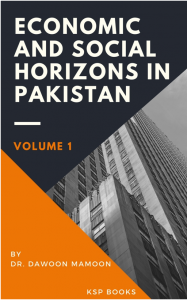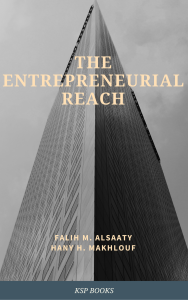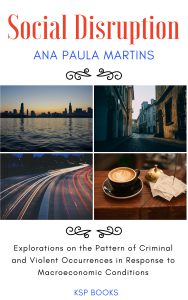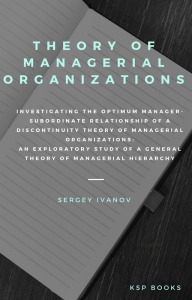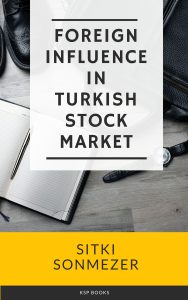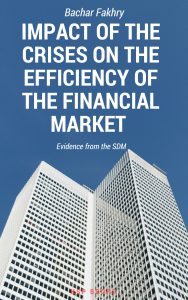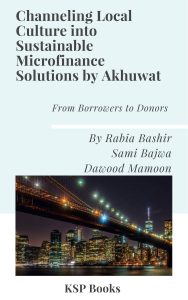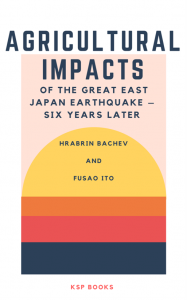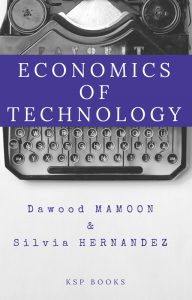Foreign Influence in Turkish Stock Market
Synopsis
Relatively higher return expectations, tax exempt environment, low correlation with the returns in developed markets, and the ongoing European accession process have attracted non-domestic funds to the ISE recently. In this period, it is seen that foreign inflows have broadened the investor base and have affected security prices. The price impact of a 1 % increase in the share of foreign funds according to the market capitalization, results in an increase of 2.77 % – 3.57 % in the returns of the ISE 30. Foreign inflows have significant influence on the ISE even after controlling for the omitted variables used in this thesis. It has also been determined that non-domestic funds chase returns and engage in positive feedback trading when they invest in the ISE. The scope of this book is the effects of foreign order flow and resulting change in the liquidity levels, on stock returns. Even though there are numerous studies about the effects of order flow on stock prices and the relationship between liquidity and stock prices have also been studied widely in the literature, the impact of foreign participation on a market is relatively undermined in the literature. One of the reasons may be the fact that the differentiation of order flows as domestic flows and foreign flows became popular in the last two decades when foreign investors increased their significance and dominance in these markets. Developing Information Technology and pervasiveness of internet enabled funds to flow in and out of countries and consequently, researchers aimed to assess whether foreign funds are detrimental or not to the markets they study. Moreover, the existing studies that examine the effects of order flows mostly cover the developed markets where foreign funds are usually a minority but ISE is heavily dominated by foreign funds, the participation rate of foreigners equal to % 66.55 as of 20-11 2009 and this market may give out promising outcomes as it is an emerging market that doesn’t have much prominence in the related literature.
Contents
About Author
ISBN
978-605-2132-40-1
Date of Publication
July 15, 2018
File Size: 1960 KB
Length: xiii + 102 pages
This work is licensed under a Creative Commons Attribution 4.0 International License.

